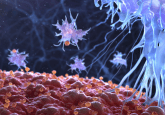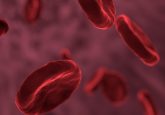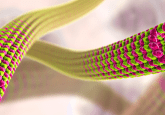Understanding BRCA mutations and the risk they confer
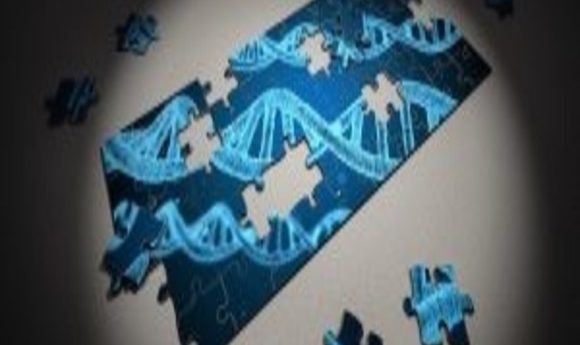
Understanding BRCA mutations and the risk they confer.
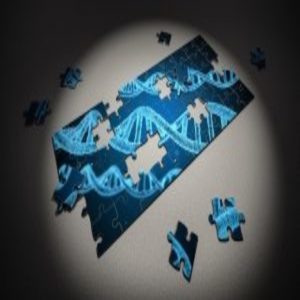
Certain specific variants of the BRCA1 and BRCA2 genes are linked to a heightened risk for breast and ovarian cancers, but researchers haven’t been able to explain the significance of other mutations. Now, researchers can better elucidate the potential cancer risk of “variants of uncertain significance.”
According to the American Cancer Society, approximately 5% of American women diagnosed with breast cancer have one of thirteen specific mutations on the BRCA1 or BRCA2 gene. These deleterious mutations cause a truncation of a protein involved in DNA repair, increasing the risk for cancer development.
“We’ve been testing for BRCA1 and BRCA2 mutations for nearly 20 years, and it’s pretty straightforward. When you see the truncating mutations, you know what to tell the patient,” said Fergus Couch from the Mayo Clinic. “But there are a lot of other mutations that show up in sequencing that we call ‘variants of uncertain significance’ or VUSs. They come up fairly frequently, but we don’t know what they mean. We don’t know what it does to the biology, to the protein, or what it means for the cancer risk or for drug response in a tumor setting.”
To date, about 2000 individual VUSs have been identified in BRCA2. To help attach more significance to VUSs, Couch and colleagues created a new test based on a simple colorimetric assay previously developed by Maria Jasin’s team at Memorial Sloan Kettering Cancer Center.
“[Jasin] was able to model DNA repair molecular recombination in a plasmid with green fluorescent protein. She put it into cells and caused a break in the plasmid, which the cell would interpret as a double strand break. If BRCA2 was present, it would repair it and the cell would turn green,” Couch explained. “Mutated forms of BRCA2 can’t repair the cells, and you can quantify that by looking at how many green cells you have when you are done.”
Couch modified Jasin’s test to introduce a lengthier BRCA2 gene into cells. He and his colleagues introduced one variant at a time to measure whether the gene was capable of repairing DNA after a break. Beyond the 13 missense mutations already known to be pathogenic, they discovered 54 additional VUSs that also may increase the risk of cancer—and 21 other VUSs that can be classified as neutral. Couch hopes that this test can be used for further research to better understand the risk involved with splicing variants on these genes.
“This type of functional understanding can make a big difference as we move forward and try to understand what these different variants do and then incorporate those results into predictive models that can help researchers and clinicians in the future,” Couch said.



